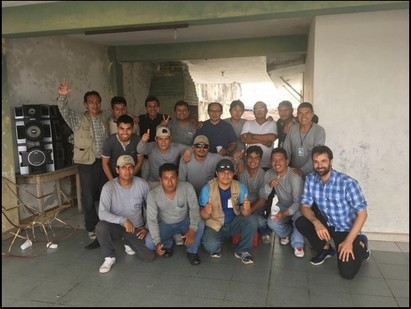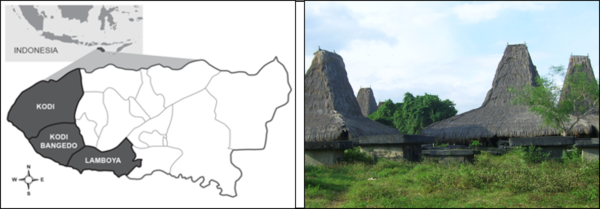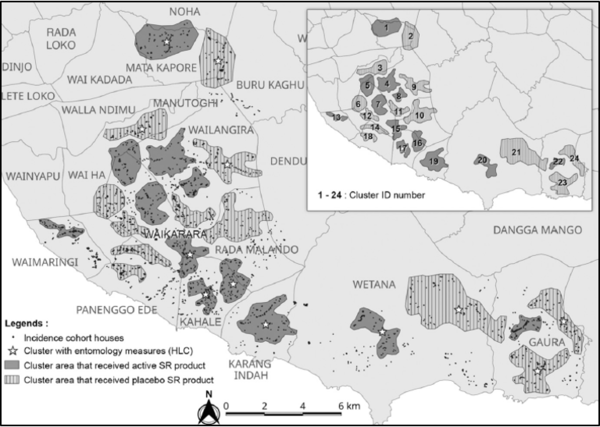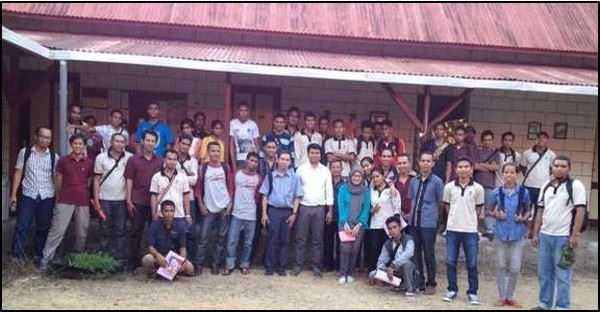Study Sites
There are two fields associated with the program, Iquitos, Peru for dengue and Sumba Island, Indonesia for malaria:
Iquitos, Peru

Evaluation of the ability of spatial repellents to prevent infection with dengue virus is being conducted in Iquitos, Peru. Iquitos is located northeast of Lima along the tributaries of the Amazonian river and is only accessible by plane or boat. The population of the city is over 422,000 inhabitants, making it the biggest city in the world which is inaccessible by road.
All four dengue virus serotypes have circulated in Iquitos and dengue fever occurs routinely in the population. Dengue epidemis have caused severe health burden in many years. We have selected 26 clusters, each comprising approximately 180 homes, from within Iquitos to participate in the trial.
Housing
The houses in Iquitos are typically made out of wood or cement for walls and metal for roofs. Often times individual homes share walls with adjacent houses and therefore open spaces exists at the eaves.

Iquitos Study Team
Thomas Scott and Amy Morrison, both of the Department of Entomology and Nematology, at UC Davis, in California USA are the Principal Investigators of the Iquitos trial and oversee field teams conducting both human and mosquito sampling. They are partnering with the U.S. Naval Medical Research Unit 6, Virology laboratory in Lima, Peru for serological testing and virus isolation.

Sumba Island, Indonesia

Evaluation of the ability of a spatial repellent to prevent infection with malaria parasites is being conducted on Sumba Island, Indonesia. Sumba Island is a member of the Lesser Sunda Archipelago, located in East Nusa Tenggara Province, Indonesia. The island is divided into 4 districts or regency, West Sumba, East Sumba, Central Sumba and Southwest Sumba. Sumba has an area of 11,153 km2, and the population was 685,186 in 2010.
Sumba Island is classified as a hypo to meso endemic malaria area with perennial malaria transmission. We have selected 12 villages in the West Sumba and South West Sumba districts, totaling approximately 2,500 homes, for the trial.

Housing
The houses on Sumba Island are typically made out of bamboo for walls and floors with dried palm leaves (thatch) used for roofs. Often times homes are raised above the ground with animal pens underneath.

Sumba Island Study Team
Din Syafruddin, of the Eijkman Institute for Molecular Biology, Jarkata, Indonesia is the Principal Investigator of the Sumba Island trial and oversees field teams conducting both human and mosquito sampling.
